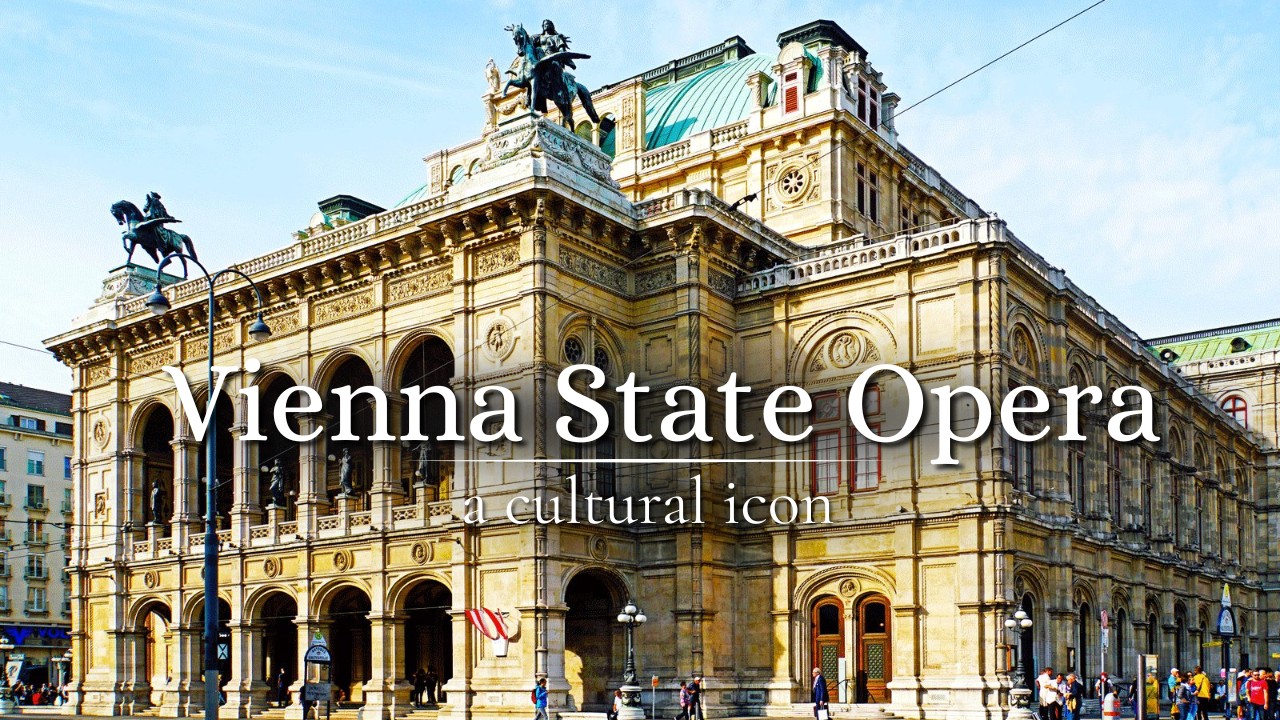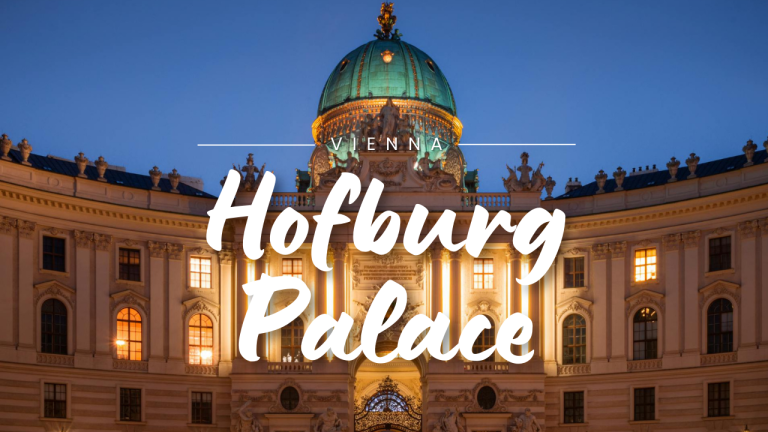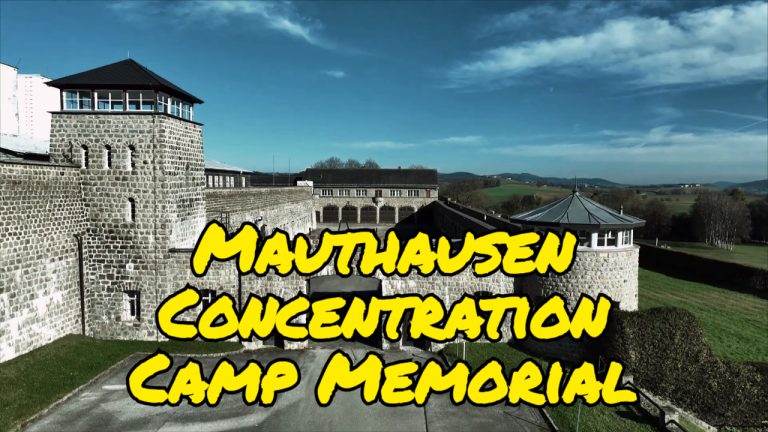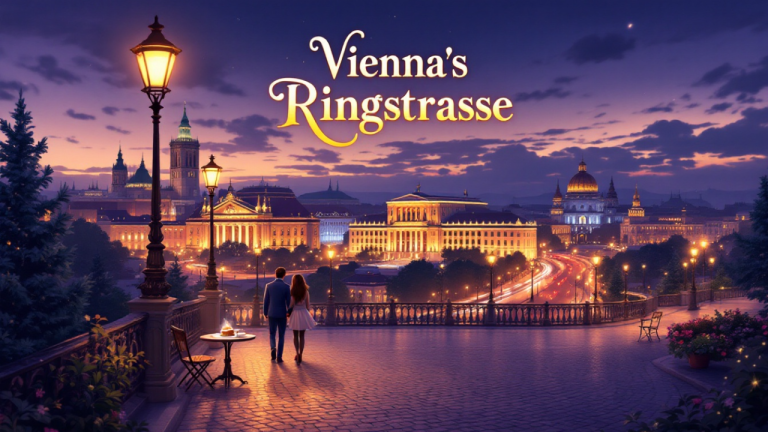Vienna State Opera: A Timeless Musical Legacy 🎭

There are places in the world where walls don’t just stand; they breathe history, culture, and the indomitable spirit of human creativity. One such place is the Vienna State Opera, a beacon of art nestled in the heart of Austria’s capital. More than just a building, this opera house is a testament to Vienna’s enduring love affair with music and its deep-rooted cultural legacy. Let’s embark on a journey through time to uncover the story of this extraordinary landmark. 🌟
The Birth of a Cultural Icon
The Vienna State Opera, or Wiener Staatsoper, was born out of ambition during the 19th century, an era when the Austro-Hungarian Empire was at its peak. The empire, known for its wealth and cultural sophistication, demanded a grand house of music to reflect its splendor. In 1861, a design competition produced the vision of two architects, August Sicard von Sicardsberg and Eduard van der Nüll, who crafted plans for what would become one of the most iconic opera houses in the world.
However, the journey to glory wasn’t easy. The public criticized the initial designs, calling the building unimpressive and lamenting its low position due to a raised street level. The press nicknamed it the “sunken opera house,” and the backlash had tragic consequences—van der Nüll took his own life in 1868, and Sicardsberg passed away shortly after, never witnessing their creation come to life. Despite these challenges, the opera house opened on May 25, 1869, with Mozart’s Don Giovanni, a fitting inaugural performance that symbolized elegance, drama, and timelessness.
Architectural Splendor and Artistic Grandeur
The Vienna State Opera is a masterpiece of Renaissance Revival architecture. Its grand staircase, adorned with marble and frescoes, exudes opulence. The horseshoe-shaped main auditorium features red and gold detailing, ornate private boxes, and a magnificent chandelier weighing over 3,000 kilograms. With seating for more than 1,700 guests and standing room for another 567, the opera house reflects Vienna’s commitment to making opera accessible to all.
Beyond its architecture, this opera house has hosted some of the greatest names in music history. Gustav Mahler graced its stage as a conductor, and Richard Strauss premiered operas here. Legends like Maria Callas, Luciano Pavarotti, and Plácido Domingo have left their mark, elevating the Vienna State Opera to a global stage. Each year, it hosts nearly 350 performances, offering a repertoire of over 60 operas and ballets. From timeless classics by Verdi and Wagner to modern, experimental productions, the opera house remains a dynamic force in the arts.
Resilience Through Tragedy
Even a building as grand as the Vienna State Opera hasn’t been immune to tragedy. During World War II, a 1945 bombing raid destroyed much of the opera house, leaving only its entrance, foyer, and grand staircase intact. But Vienna’s spirit of resilience shone through. After a decade of reconstruction, the opera house reopened on November 5, 1955, with Beethoven’s Fidelio, a deeply symbolic choice that celebrated justice, freedom, and the indomitable human spirit.
An Opera for Everyone
What sets the Vienna State Opera apart is its accessibility. In Vienna, opera isn’t an elite pastime; it’s a way of life. Students can buy standing tickets for just a few euros, families gather for matinees, and locals enjoy live outdoor screenings during warmer months. The opera house has become a cultural ambassador, with touring productions, international collaborations, and live broadcasts bringing its magic to audiences worldwide.
The annual Vienna Opera Ball epitomizes this communal spirit. Each February, the opera house transforms into a glittering ballroom, hosting nearly 5,000 guests for an evening of waltzing beneath crystal chandeliers. This iconic event is broadcast across Austria, blending tradition with celebration in a uniquely Viennese way.
Why the Vienna State Opera Matters
Standing outside the Vienna State Opera on the bustling Ringstrasse, one feels its timeless presence. Every detail—every curve, carving, and fresco—tells a story of Vienna’s place in Europe’s cultural history. To step inside is to feel the echoes of applause from centuries past mingling with the ovations of today. It’s a living legacy where music transcends language, and art becomes eternal.
Whether you’re attending a performance, marveling at its grand staircase, or simply passing by its majestic arches, the Vienna State Opera offers an experience unlike any other. It’s not just a building; it’s a sanctuary where history, music, and passion converge. 🌍
Plan Your Visit
- Don’t miss a live performance—standing tickets are an affordable way to experience opera!
- Visit during the Vienna Opera Ball to witness the city’s most dazzling social event.
- Explore the opera house’s architectural beauty through guided tours.
- Catch a live outdoor screening in the summer for a unique cultural experience.
Conclusion: The Heart of Vienna’s Culture
The Vienna State Opera isn’t merely a landmark; it’s a heartbeat of Vienna’s cultural identity. Its history, from its challenging beginnings to its post-war resurrection, mirrors the resilience and passion of the city itself. If you ever find yourself in Vienna, don’t just visit the opera house—experience it. Let its music transport you, its halls inspire you, and its legacy remind you of the power of art to unite and uplift.
What’s your favorite opera or cultural landmark?






